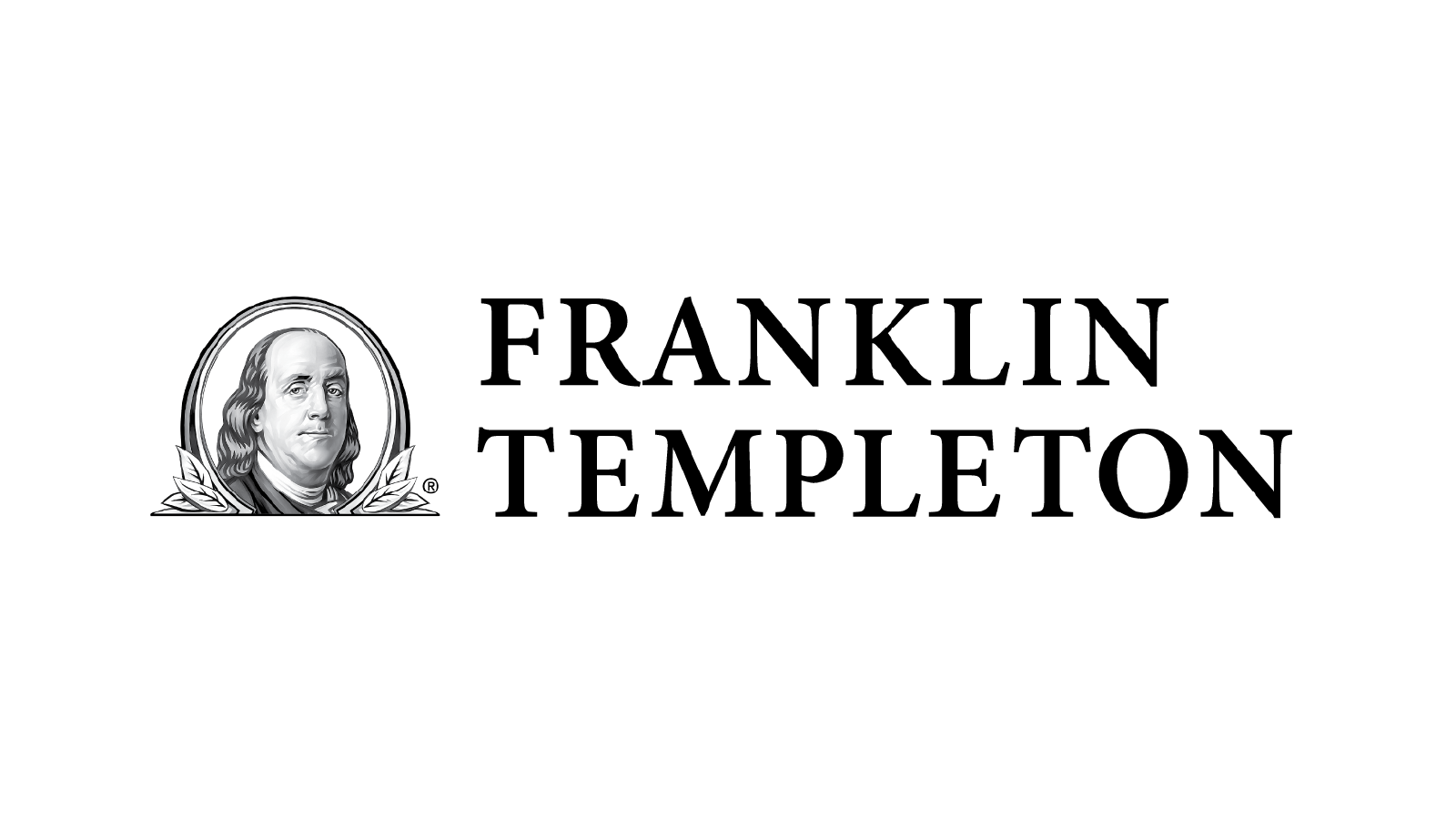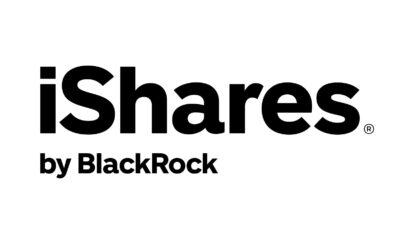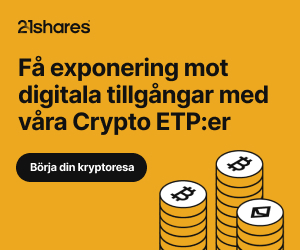Our 2024 predictions were fairly on point as the year saw macro and geopolitical volatility persist, with developed and select emerging markets benefiting from the year of artificial intelligence (AI) awareness.
My general sense is that 2025 may similarly feel like a transitional one, with a continuation of monetary policy easing in developed markets and the investment spotlight still shining on themes like AI, its supply chain, ecosystem and infrastructure. Of course, some residual US political uncertainty and continued geopolitical tensions remain ever-present to add some spice and volatility.
2025 ETF predictions
US and developed market equity ETFs will see an increase in assets under management (AUM).
This time last year, we were staring down the barrel of slowing global inflation and interest-rate cuts framed against a backdrop of weakening jobs data, suggesting a potentially hard landing for the US economy. While inflation has remained sticky through most of this year, labour markets have been increasingly resilient, suggesting the hard-landing narrative be cast aside (for now—more on this later).
Considering the entirety of 2024, the S&P 500 Index could very well end the year having seen more than 50 all-time highs reached throughout.1 The so-called “AI bull” of 2024 is showing telltale signs of chasing the red cape into 2025, with global mega-cap tech firms at the forefront and now broadening the investment case out to infrastructure growth to support the AI ecosystem.
Aside from those within the AI supply chain, multinational corporations that can either develop in-house solutions or effectively implement external tools should be able to benefit from productivity gains and reap the rewards of additional cash flow. This, together with continued developed market monetary policy easing, suggests investors may be wise to take the bull by the horns in 2025 and gain broad global exposure to this transformative developed market trend.
Single-country emerging market ETFs will outperform a broader allocation
Republicans and Donald Trump have scored victory in the US presidential race, resolving some of the uncertainty heading into 2025. Trump’s second term in office could lead to significant potential economic and market impacts, given the high tariff agenda of the Republican party. The agenda could heavily influence industry, most notably for the United States and China. Major name brands have pulled back in the region and continue to divert a considerable amount of production supply away from China and instead toward India, which doesn’t help China’s economy in the face of domestic demand debility.
President Xi Jingping’s most recent stimulus package came in response to China’s early year woes and cries for fiscal help, turning the tide in Chinese markets, which kicked off a healthy rally before the country’s equity markets subsequently suffered their worst fall in 27 years.2 One thing we believe is certain in 2025 is that the waters will continue to be choppy in the Far East. Therefore, we continue to be bullish on tech-heavy emerging market economies such as South Korea, Taiwan and, depending on any further bumper stimulus, China.
Additionally, our stance on India remains the same as last year, with the country and leadership focused on supportive government policies which include infrastructure development and free trade agreements. India’s narrative is shifting from “Is India the new China?” to “India is the new India!” Further growth is anticipated, owing to the country’s focus on technology and digitization coupled with its favorable demographics, growing middle class and healthy domestic consumption.
US and EU investment-grade corporate bond ETFs should be an AUM winner
Clearly, the economic “landing” story has been more drawn out than the data suggested when I made my ETF predications last year. However, conditions remain consistent: Inflation is falling, and most central banks are cutting interest rates. Nonetheless, the addition of another year of relative economic stability marked by low corporate defaults and circumstances indicative of optimistic company earnings, are helping the US economy potentially achieve a “soft landing” (A soft landing describes an economy slowing, allowing inflation to fall, without tipping into a recession). Historically a soft landing combined with continued easing has been a positive driver for both equity and bond markets. Against this backdrop, we maintain a more hands on approach to navigating fixed income and believe actively managed quality fixed income from both the US and eurozone (US and euro IG) will likely outperform over the coming 12 months.

 Nyheter3 veckor sedan
Nyheter3 veckor sedan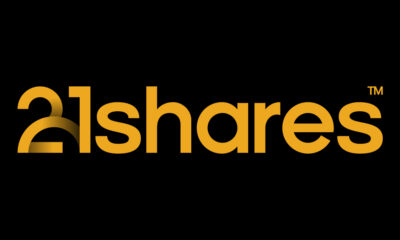
 Nyheter2 veckor sedan
Nyheter2 veckor sedan
 Nyheter3 veckor sedan
Nyheter3 veckor sedan
 Nyheter2 veckor sedan
Nyheter2 veckor sedan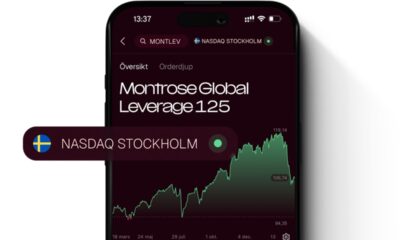
 Nyheter2 veckor sedan
Nyheter2 veckor sedan
 Nyheter4 veckor sedan
Nyheter4 veckor sedan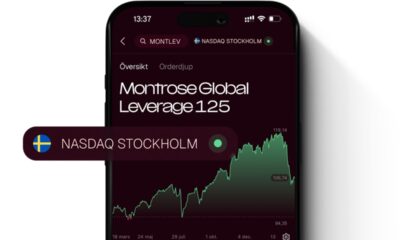
 Nyheter2 veckor sedan
Nyheter2 veckor sedan
 Nyheter3 veckor sedan
Nyheter3 veckor sedan
